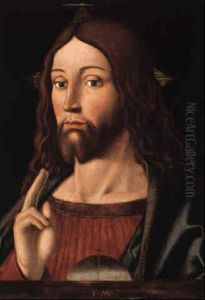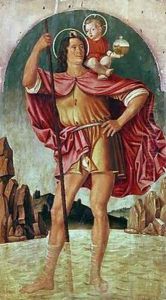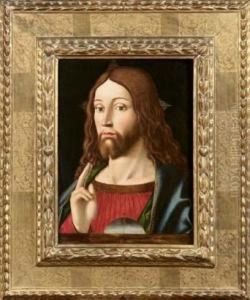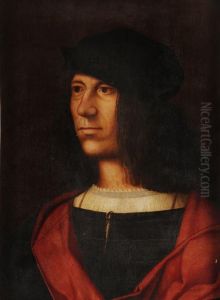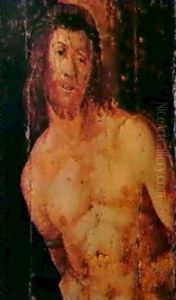Filippo Mazzola or Mazzuola Paintings
Filippo Mazzola, also known as Filippo Mazzuola, was an Italian Renaissance painter active mainly in his hometown of Parma. Born in 1460, he was a part of the Mazzola family, a dynasty of painters that included his more famous son, Girolamo Francesco Maria Mazzola, better known as Parmigianino. Filippo's works are considered to be important in the transition from the late Gothic style to the Renaissance.
Mazzola's artistic style was influenced by the work of his contemporaries, such as Andrea Mantegna and Piero della Francesca, and he was known for his portraits and religious compositions. His work is characterized by a careful attention to detail, a penchant for naturalism, and the use of a rich color palette. Despite the lack of a vast number of surviving works, his paintings exhibit a masterful understanding of human anatomy and the use of perspective, hallmarks of Renaissance art.
Filippo Mazzola's career was spent between Parma and surrounding areas, where he executed commissions for local patrons and churches. His works include altarpieces and frescoes, and although many have not survived or have been attributed to his workshop rather than to Filippo himself, those that do survive showcase his talent and his role in laying the groundwork for the achievements of Parmigianino.
Unfortunately, Filippo Mazzola's life and career were cut short when he died in 1505. Despite his early death, his influence on the art of Parma was significant, particularly with the training of his son, Parmigianino, who would go on to become one of the leading figures of the Mannerist movement. Today, Filippo Mazzola's works are studied for their contributions to the development of Italian Renaissance painting, and they can be viewed in various museums and churches in Italy.
